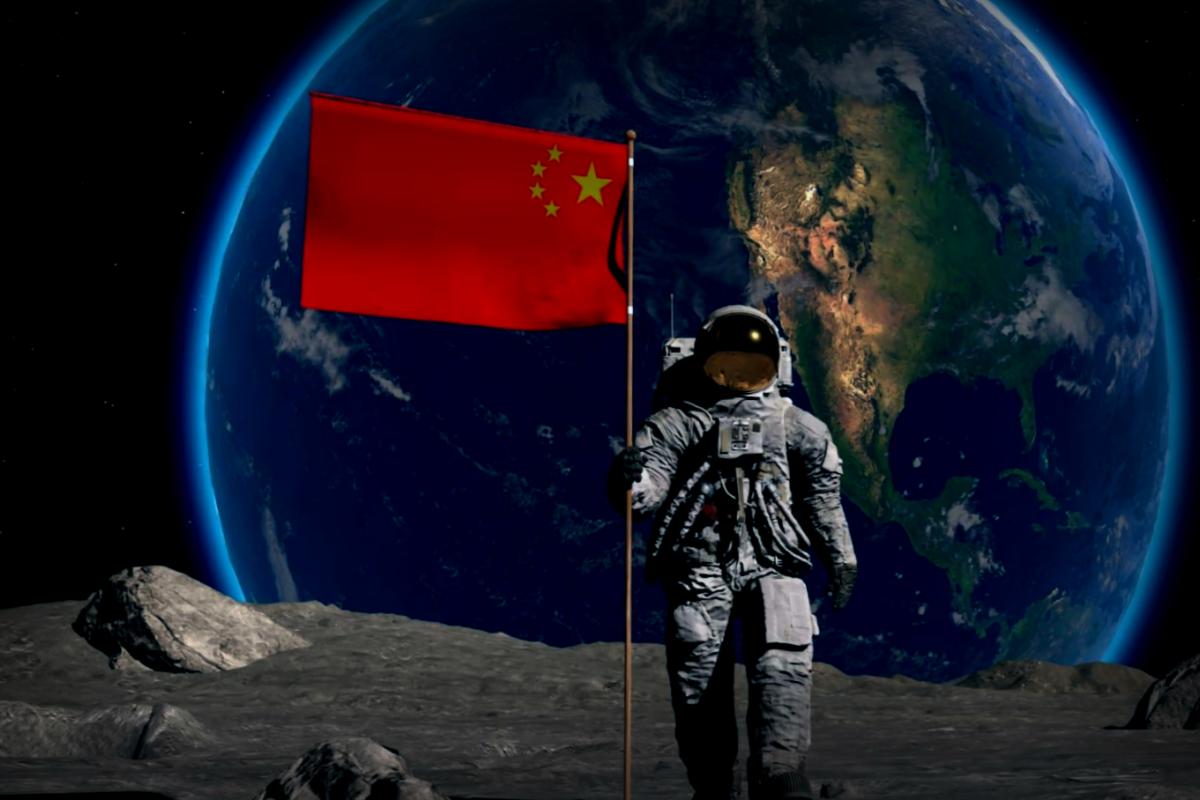A new report titled Redshift, released by the Commercial Space Federation, suggests that China’s space initiatives are evolving at a pace that might allow them to surpass the United States within the next five to ten years. This analysis illustrates China’s rapid growth and its efforts to take a competitive lead in extraterrestrial exploration.
China’s Rapid Space Developments
The report points out that China has markedly enhanced its spaceflight capabilities across various domains. In 2023, China successfully launched the Tiangong space station, which has been staffed continuously since its establishment and is gearing up to be the world’s sole major governmental space station when the International Space Station goes offline later this decade.
In parallel, China is advancing its Chang’e missions, focusing on bringing lunar samples back to Earth, with ambitions for a human landing on the Moon by 2030. The report states that China is simultaneously experiencing its own versions of the Apollo program, international space station era, and commercial space exploration.
The Moon Race
The Moon has quickly become the focal point of this space competition. While NASA’s Artemis program faces delays, partly due to technical issues with SpaceX’s Starship, China has been hitting its milestones. Some of their recent wins include creating fine lunar maps, returning samples from the far side of the Moon, and designing heavy-lift rockets that can transport astronauts.
Looking ahead, China aims to establish a permanent lunar base by 2035, which would be supported by an autonomous nuclear reactor. This would not only bolster China’s claim over lunar resources but also serve as a staging ground for future missions to Mars.
Expanding Beyond the Moon
Beyond lunar ambitions, China is also strengthening its presence in low-Earth orbit. With six operational spaceports, the nation has greatly increased its rocket launch capacity. It is constructing satellite megaconstellations to compete with Starlink, working on an orbital solar power station, and even developing a new telescope aimed to match the prowess of the James Webb Space Telescope.
This growth has been fueled by substantial government investment, with China contributing approximately $2.86 billion to commercial space projects in 2024, a significant rise from just $164 million in 2016. The “Space Silk Road” initiative has played a crucial role, fostering over 80 partnerships with other nations including Russia, India, and Japan. Analysts suggest this strategy is progressively diminishing U.S. influence in global space initiatives.
U.S. Leadership at Risk
Even though the United States still leads in certain areas, the report highlights that China’s forward momentum is undeniable. The trend seems clear: China is “racing to catch up” while reinterpreting what takes to lead in space, both above and beyond Earth.
Former NASA Administrator Jim Bridenstine conveyed to U.S. lawmakers that it may be “highly unlikely” for the United States to adhere to its projected timeline for returning humans to the Moon unless significant budget cuts to NASA are addressed. Analysts also raise concerns that potential proposals to drastically reduce NASA’s funding could jeopardize multiple long-term projects and disrupt crucial commercial partnerships invaluable for U.S. positions in space exploration.
For experts like Jonathan Roll, co-author of the Redshift report, the quick ascent of China’s space agenda has been nothing short of startling. Reflecting on the pace of changing aspirations, he noted that many developments appeared outdated or significantly transformed just three years later, underscoring how swiftly China’s goals are reshaping the global landscape of space exploration.





















